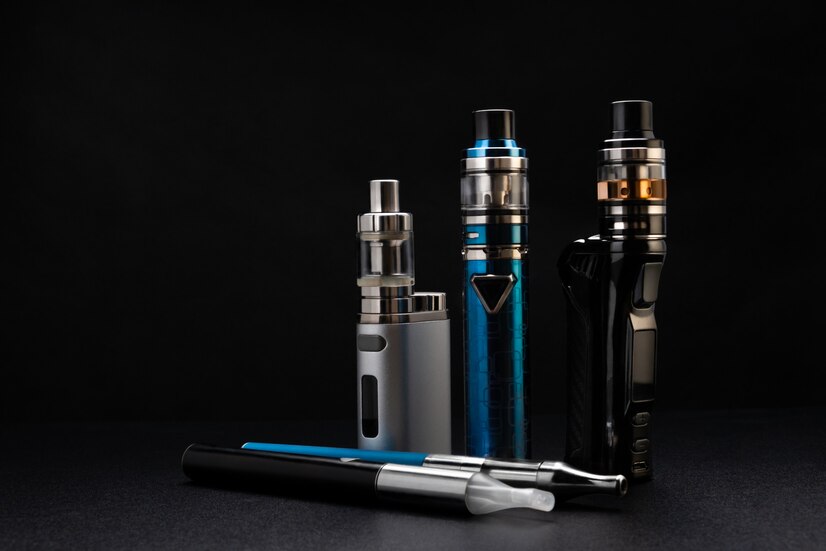Puffing to Fame: The Vaping Phenomenon
In recent years, e-cigarettes has surged into popularity, grabbing the attention of millions worldwide. What started as an alternative to traditional tobacco use has changed into a cultural phenomenon, drawing in a wide range of people from the youth to long-time smokers in search of a safer alternative. The modern aesthetics, a vast array of choices, and the lessened societal judgment connected to vaping as opposed to smoking have turned it into a favored option for numerous people.
As social media platforms fill up with pictures and clips showcasing intricate vape tricks and unique devices, the phenomenon has only accelerated. Vaping communities have grown online, creating a sense of camaraderie and shared interest. This dynamic movement sparks discussions about its influence on health policy, youth culture, and the future of tobacco use, turning it into a fascinating subject in contemporary culture.
The Rise of Vaping Lifestyle
Vaping has evolved from a niche alternative to smoking into a mainstream trend that attracts the focus of countless individuals. This transition largely started in the early 2000s with the launch of e-cigarettes, which were marketed as a safer option for those looking to reduce their tobacco use. Over time, advancements in technology resulted in the creation of a diverse range of vaping options, attracting to a broader audience. As online social networks increased, they acted as a powerful catalyst for this change, presenting vaping as not only an alternative to smoking but also a lifestyle choice.
The community surrounding vaping rapidly evolved, with fans exchanging their stories, techniques, and flavor preferences online. The aesthetic of vaping, complete with puffs of vapor and vibrant liquid colors, made it an attractive subject for creative content. Key figures started promoting specific labels and devices, pushing the trend. Events such as vaping competitions and expos emerged, fostering a sense of camaraderie among users and solidifying vaping's place within mainstream culture. This communal aspect greatly contributed to the growing embrace and normalization of vaping.
As vaping gained traction, so did the discussion around its implications for public health and society. Many supporters argue that vaping offers a safer option compared to conventional cigarettes, while critics highlight concerns about the attraction to younger audiences and potential dangers. Regardless of the arguments, one fact remains evident: vaping has positioned itself as a significant player in the realm of contemporary consumer practices, symbolizing a shift in perspective toward nicotine consumption. The growth of vaping culture mirrors not only market desire but also a broader change in cultural attitudes regarding tobacco use and health.

Consequences of E-cigarettes
As vaping gained popularity, issues about its health effects emerged. Many users, particularly young adults, turned to e-cigarettes as a perceived less harmful alternative to traditional smoking. However, findings indicates that while the use of e-cigarettes may expose users to less harmful chemicals than burning tobacco, it is not without hazards. The inhalation of vapor can still expose harmful substances, including nicotine, which is dependency-inducing, and various poisons that may harm lung health.
Recent studies have shown connections between e-cigarette use and lung problems. Users may experience increased coughing, shortness of breath, and bronchial inflammation. Furthermore, e-cigarette products can sometimes contain unregulated ingredients, leading to unknown health consequences. The emergence of vaping-associated respiratory injury has raised concerns, prompting health officials to emphasize the importance of awareness regarding the potential risks associated with these products.
Emotional health factors also play a role in the discussion about e-cigarettes. The addictive nature of the nicotine component can influence mood and stress levels, particularly among adolescents. As social norms around e-cigarette use continue to shift, there is a increasing need for thorough educational programs to inform users about the possible long-term health consequences while encouraging better lifestyle choices.
Rules and the Outlook of E-Cigarettes
As e-cigarette use gained momentum, regulatory bodies around the globe began to take notice. Nations implemented multiple measures to address concerns about youth access, health impacts, and advertising methods. In many nations, age restrictions were introduced, limiting sales to adults only. Additionally, some regions introduced flavor bans in an effort to mitigate the appeal of vaping among younger audiences. The balance between public health and personal freedom continues to be a contentious issue, with stakeholders advocating for different approaches.
Looking into the future, the future of vaping seems to hinge on the evolving landscape of regulations. Innovations in vaping technology may lead to novel products that could either draw regulatory scrutiny or pave the way for more acceptance. As research into the health effects of vaping advances, policymakers will be faced with the challenge of addressing the benefits and risks. vaposeleccion.com for harm reduction advocates to push for vaping as a less harmful alternative to smoking could influence future regulations.
Consumer habits is also expected to shape the vaping industry. As public perception changes and more individuals become aware about vaping, companies will need to adapt their advertising tactics accordingly. Engaging responsibly with the demographic and promoting a culture of safety may become key components for companies looking to thrive in this ever-changing market. Overall, the future of vaping will likely be characterized by a continual struggle between regulation, innovation, and consumer demand.